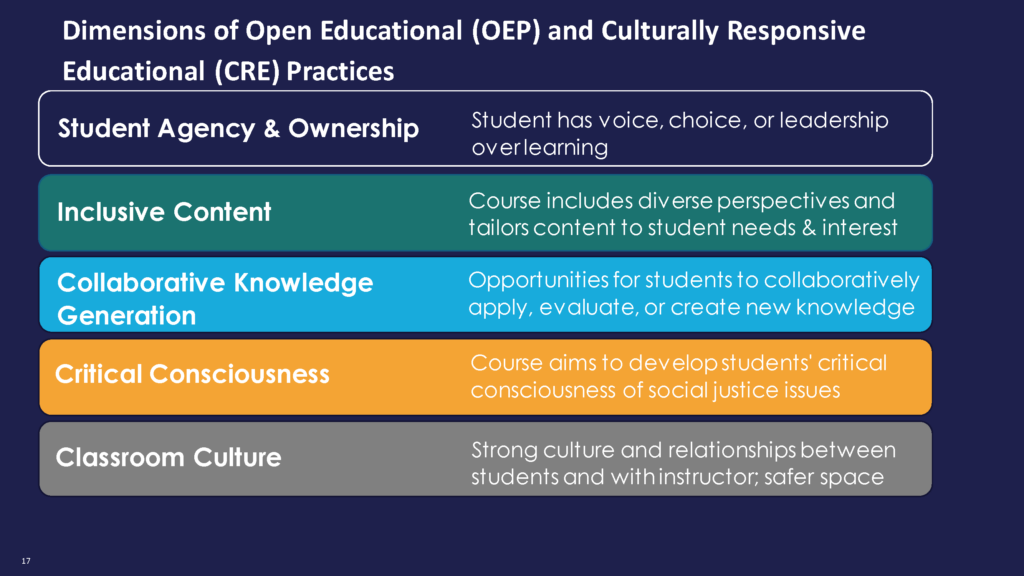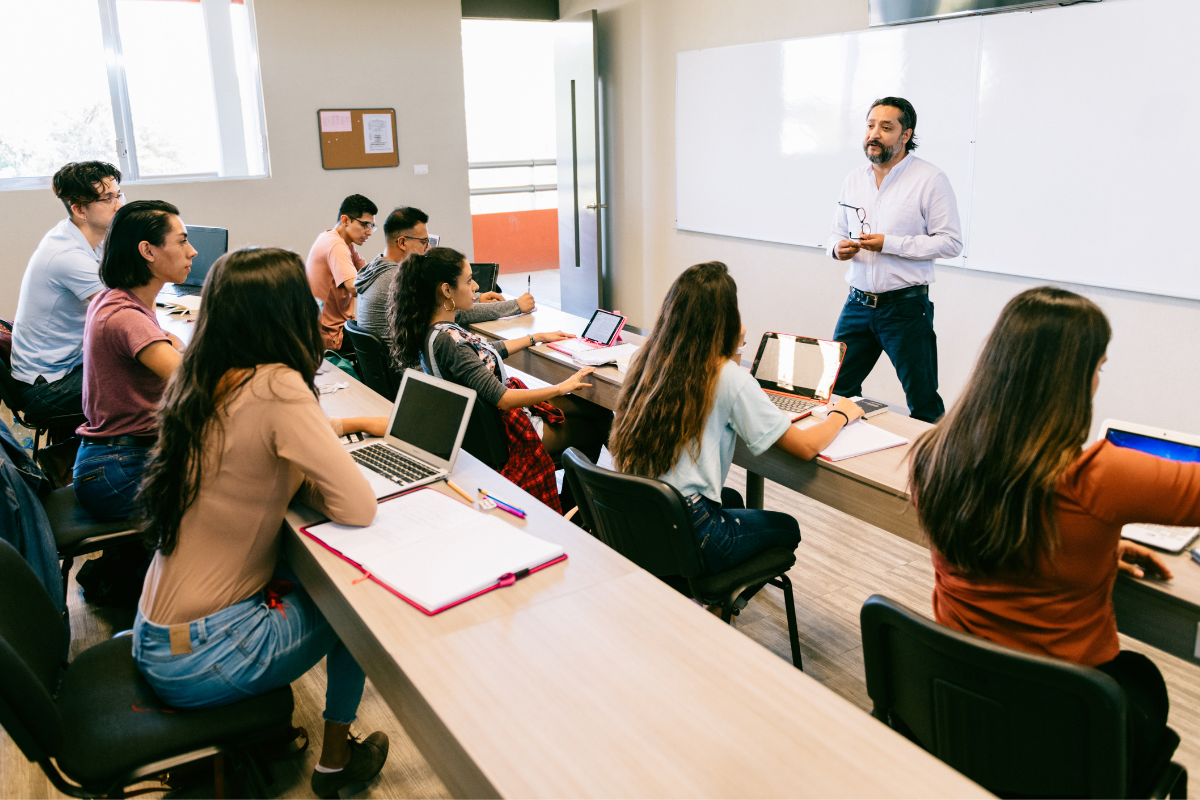Achieving the Dream has combined two of its existing programs — helping faculty develop open education resources (OER) and delivering capacity-building support to Tribal Colleges and Universities — to create a new program on creating culturally relevant OER.
The six-part online course, Sustaining Indigenous Culture: Using OER to Design Authentic Learning Experiences, offered in partnership with Every Learner Everywhere, was delivered first to a cohort of faculty from 15 Tribal Colleges and Universities (TCUs) in spring of 2023.
Richard Sebastian, a teaching and learning coach at Achieving the Dream (ATD), says the case for OER generally — that commercial textbooks and course content are often biased or lacking in culturally diverse teaching — may be well understood. But OER doesn’t automatically solve that problem.
“We think broadly of OER as sharing knowledge, and we think of that as a good thing because everybody gets to use it,” he says.
“But sharing knowledge can mean something very different in another culture and specifically in a tribal college. There’s a colonial history of theft and of misrepresentation of tribal knowledge and cultural practices. Some knowledge can only be shared by representatives in the tribe.”
“Sustaining Indigenous Culture: Using OER to Design Authentic Learning Experiences” offered educators at TCUs and Native American-Serving Nontribal Institutions an opportunity to create lessons, texts, assessments, and other open materials that are aligned with culturally affirming teaching practices. The participants in the first offering of the course included faculty, librarians, instructional designers, and academic support professionals.
Designing the course
One objective of the project-based course is to gain hands-on experience finding, evaluating, and adapting OER to use, and it is designed for participants to finish with a new OER they had developed. In the end, participants will be able to lower textbook costs for students and contribute to greater student success through culturally responsive teaching.
Sebastian says ATD decided to use a synchronous online format for the eight weekly meetings so educators from multiple institutions could contribute a range of perspectives and experience to the cohort. (This and all the services can also be tailored for the unique needs of an individual institution.)
In addition to covering introductory concepts about OER and licensing, the course relied on a culturally responsive framework that ATD uses in other professional development activities.
Participants also developed a plan to support the implementation, evaluation and scaling of the new strategies and skills they learned. Most of the resulting OER will be used for the first time in fall 2023, and ATD plans on follow-up surveys.

From Achieving the Dream’s materials on Sustaining Indigenous Culture: Using OER to Design Authentic Learning Experiences
Participants generally worked one or two hours each week between sessions on their OER projects, for a total time of 24-32 hours. The format has since been expanded to eight meetings instead of six.
Course outcomes
“Sustaining Indigenous Culture: Using OER to Design Authentic Learning Experiences” was designed to lead to the following benefits for faculty, librarians, and instructional designers who attend:
- Understanding the benefits of leveraging OER
- Learning how a culturally responsive framework can intersect with OER
- Learning how to customize materials to students’ interests and backgrounds to increase engagement
- Understanding OER licensing
- Developing skills that faculty can share with peers at their institutions



